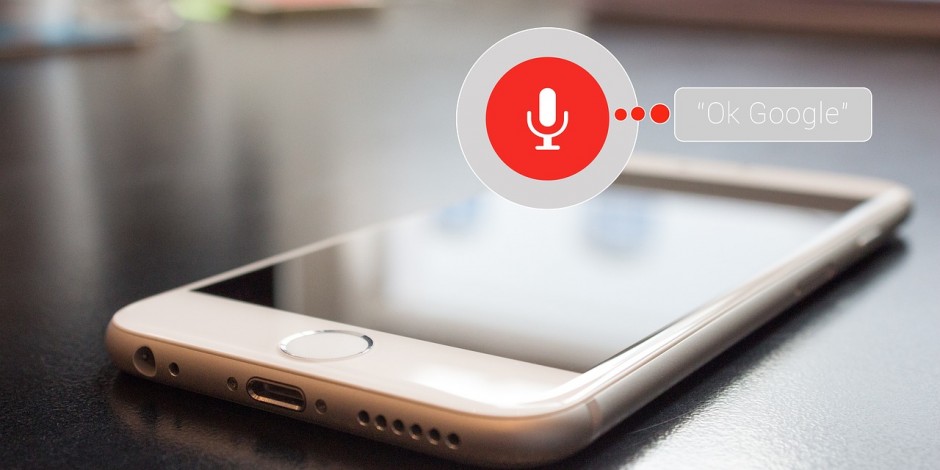By Cat Davis
The ‘new normal’ is a phrase that we are all currently being bombarded with from many sources as society starts to adjust to life under lockdown and people consider how life may be different once we come out the other side. As the everyday realities of their customers experience changes (some significant, others more subtle), brands are faced with the question of how, or indeed whether, to adapt their marketing to reflect these changes.
For many brands the idea of showing slick, aspirational advertising content in a time of global crisis is just not an appropriate option. Then of course there’s the more practical question of how new content is actually going to be created when most of us are confined to our own homes. The days of exotic location shoots and ensemble casts for TV ads are, at least temporarily, gone.
In its place we are seeing a seeing a significant rise in the use of user generated content (UGC) in marketing, featuring raw, hand shot footage from staff or customers which is designed to reflect our collective new reality and create an emotional connection with audiences. Examples include the likes of Apple, TSB, Tesco and Co-op, who recently replaced their original Easter campaign to promote the sale of Easter eggs for a new staff-led advert to highlight their support for food redistribution charity, Fareshare.
While many of these campaigns have been positively received, is UGC a form of content that is here to stay? Will it continue to be valued after this crisis has passed, or is it merely a temporary trend?
Here’s what two Mission Agency leads, themselves working with clients to adapt their marketing to the current climate, have to say on the subject:
Kate Cox, chief executive officer at Bray Leino:
”Creative comprising of user-generated content is clearly a practical way of getting around the physical filming restrictions during lockdown. Currently there is also an acceptance for ‘rough and ready’ content (be it commercials, programming, schooling, podcasts, radio shows). Plus, no brand wants to be insensitive creating extravagant production pieces or be seen to be defying official advice around social distancing, so UGC is a perfect workaround.
”Who knows what the future holds, but the chances are it will be a temporary trend. When the new normal comes, we will clearly have all learnt things, picked up new and effective ways of working and living, created new life habits etc, but we will also revert to some ‘old’ behaviours. Human nature and what drives us doesn’t fundamentally change, so it’s likely that marketing will continue to reflect this. The key is, we need great insight, variety in our ideas and our executions, one-size-fits-all is clearly not the way to go – it’s the opposite of standing out and having impact.”
John Quarrey, krow Group chief executive officer:
”UGC has offered a quick fix solution to the current production challenge for brands, but it isn’t, and shouldn’t be, the only solution we find for producing new content in a socially distanced world. Stop-frame, 2D & 3D animation, professional stills, self-shooters, influencers, re-editing of existing content are all production approaches largely unaffected by the lockdown and offer a wide variety of executional styles.
”Just as we shouldn’t be restricted to UGC as a production technique, we also need to avoid making execution the defining factor at the start of the communication process. Rigorous insight that delivers stand-out creative work will always have the greatest potential to transform business performance.
”As for whether brands should reflect the new normal in their ads, there is no easy answer. For most brands, using ‘slice of life’ vignettes to reflect the lives of its audiences seems an obvious and logical way to establish an empathetic connection. But beware the ’brandwagon’ – brands that are too late to the show and lack originality run the risk of blending in and themselves becoming the new normal. And brands with strong advertising equities or fluent devices might find that more of the same is better than a quick attempt to join in. Aside from that, I’d imagine most people are well ready for a break from the omnipresent Covid-19 coverage. Aligning too closely could see brands being screened out, not standing out.
”As the veil of global lockdown is slowly lifting, advertising will continually evolve to reflect our new social norms. The big questions being, what will those norms look like and which brands will be doing it best? It’s an exciting challenge for our industry.”
Now, more than ever, brands are having to evolve their products, services and communications to suit the shifting tides of consumer behaviours, demands and expectations. While UGC is undoubtedly a popular way to engage with consumers at this time, as marketers maybe our task right now should not be to hold a mirror up to the people of the country, but to take time to understand how the world around us has changed in the past few months. And how what people want to hear from brands has changed too.
By Cat Davis
Cat Davis, group marketing director at The Mission Group & Krow Group
















